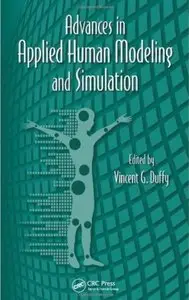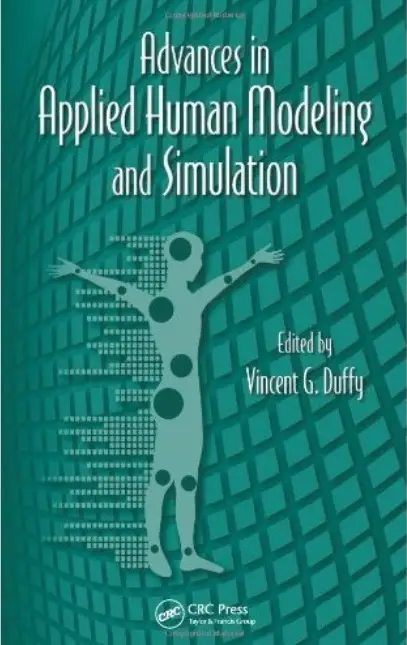Vincent G. Duffy - Advances in Applied Human Modeling and Simulation
Published: 2012-07-09 | ISBN: 1439870314 | PDF | 578 pages | 23 MB
An examination of the various types of human-modeled technology, Advances in Applied Human Modeling and Simulation not only covers the type of models available, but how they can be applied to solve specific problems. These models provide a representation of some human aspects that can be inserted into simulations or virtual environments and facilitate prediction of safety, satisfaction, usability, performance, and sustainability.
Topics include:
Anthropometry and human functional data
Biomechanics, occupational safety, comfort and discomfort
Biometric authentications
Driving safety and human performance
Enhancing human capabilities through aids or training
Fuzzy systems and neural computing
Human behavior and risk assessment modeling
Integrating software with humans and systems
International cooperation in education and engineering research
Intelligent agents in decision training
Intelligent data and text mining
Machine learning and human factors
Modeling physical aspects of work
Monitoring systems and human decision
Psychophysiological indicators of emotion
Resilience engineering and human reliability
Scenario-based performance in distributed enterprises
Special populations
Sustainability, earth sciences and engineering
System-of-systems architecting and engineering
Verification and validation
Virtual interactive design and assessment
The math and science provides a foundation for visualizations that can facilitate decision making by technical experts, management or those responsible for public policy. In considering a systems perspective and decisions that affect performance, these models provide opportunities for an expanded role of engineers and HF/E specialists to meet technical challenges worldwide. They can also be used to improve time-to-market, increase safety and ultimately the effectiveness of an organization. The book focuses on applications of these newly developed models and predictive capabilities useful to human factors and ergonomics engineers, cognitive engineers, human computer interaction engineers, human performance modeling engineers, and students in related fields.



